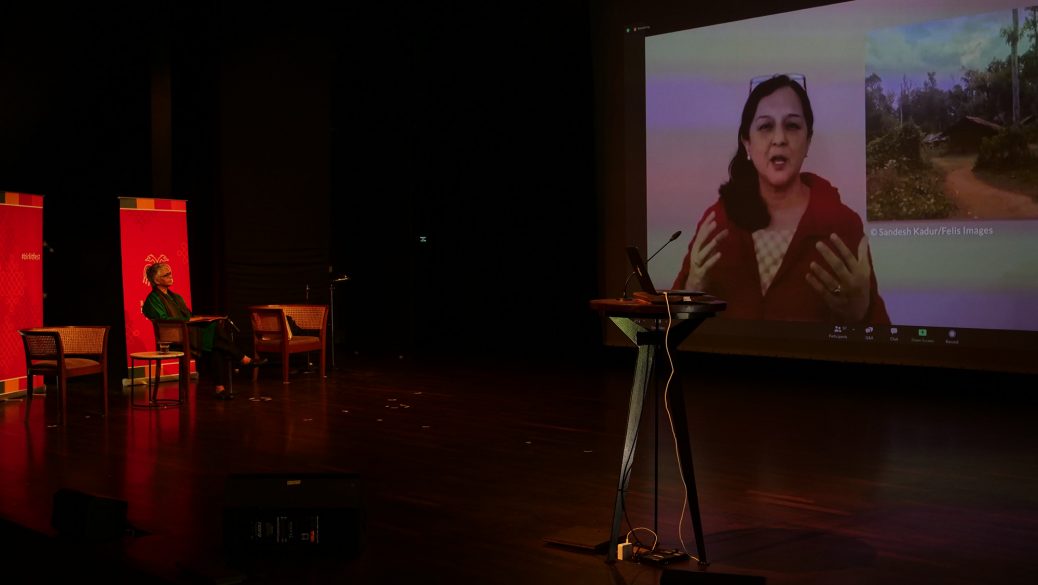At least in India, our entertainers still have some time to go before they can get rid of their obsession for pessimistic realism. From the millions of episodes of reality television shows to creating gloomy pieces of art and cinema, we are being served hopelessness and negativity every day in the name of realism. Add to the mix, the pandemic of news media, the common man is forced to feel vulnerable and powerless with every primetime broadcast. Not to forget, our own magnetic attraction to all things negative makes us the perfect guinea pig in the laboratory of so-called ‘realism’.
Naturally, it always takes much more force and motivation to stay positive and hopeful in today’s age. With business models created to make us lazier and more worthless every passing day, people have begun to lose control of their lives as early as their toddler phase. Contrast this to our parents and their parents, things were more complicated than they are now. They didn’t have access to google to look up for ‘how to make myself dumber’ every time they had to do something. However, they perhaps lived a more complete life than many of us are living now. They knew how to fix things. Even if they didn’t, they didn’t tap on a screen to get things done. They tried and learned. This is where Marie Forleo’s wonderful book ‘Everything is Figureoutable’ begins with a chapter on her mother who could figure out just about anything. Here’s how she begins –
“My mother has the tenacity of a bulldog, looks like June Cleaver, and curses like a truck driver. She grew up the daughter of two alcoholic parents in the projects of Newark, New Jersey. She learned, by necessity, how to stretch a dollar bill around the block and is one of the most resourceful and industrious people you could ever meet. She once told me she rarely felt valued, loved, or beautiful, but she held tight to the promise she made to herself that, once she was old enough, she’d find a way to a better life.”
It makes sense. When I observe the lives of people who are now in their late 50s and beyond, each one appears to me as if they were books to be read cover to cover and as they pass away without telling their story, it feels like a library getting ransacked in a siege laid by time and the modern man’s self-obsession. Enter COVID-19, and the entire process gets fast-forwarded. It is indeed depressing to be an audience to this pandemonium.
With all the bad things happening around us, I was looking to read something that shines some sunlight towards the end of the year. This is when I found Marie Forleo’s ‘Everything is Figureoutable’ – a phrase she has loaned from her mother and inspirer-in-chief. Guess what, this book was exactly what I was looking for. Marie Forleo is a ‘multi-passionate’ entrepreneur, author, and philanthropist. She was named by Oprah Winfrey as the ‘thought-leader for the next generation’. The introduction will take up the whole page if I go on about her achievements and how she inspires millions around the world. Coming back to the book, Marie draws from her own life experience, her personal as well professional journey, her hits and misses to compose a transformative book for her readers.
There are chapters on the magic of belief, befriending fear, the suicidal road to perfectionism, the myth of ‘I’m not ready’ or waiting for the right time. These chapters are full of practical suggestions and instructions laced with homour and anecdotes to keep you engaged. As a result, you gain something from every page of this book. There is not a dull moment, thanks to Marie’s conversational style of writing. It feels more like a personal session with the author herself. One of my favourite sections of the book is about how the modern day products have turned ‘us’ from being consumers to becoming products. She underlines the damage social media and all the insta-gratification tools and apps are doing to us. That is only the first half though, she also comes up with exercises and activities to help the reader fix this problem. And these are very doable if you want to put your mind to self-improvement. I am writing this review more from the perspective of a beneficiary of Marie’s ability to stay positive and spread it around her than merely jotting down a plain-old book review. The book is also interspersed with testimonials (field-notes) from her readers who have benefitted from the book and are so powerful that a collection of those stories can make a great book in its own right.
2020 was a year of harsh realities for most of us. People died, plans stalled, and businesses shut shops. But was it all as dark and negative as we want to think it was? Well, many got a chance to reconnect with their family. Many people I know went on an online certification spree to upskill themselves. Some of us learned a new language. Many came out fitter physically, mentally, and spiritually out of these serial lockdowns. There are certainly a few positives to count, no matter how sparse they are. Marie’s life and her book tell us exactly that without the ‘preacher mode’ on. This definitely makes the book a recommended read to begin your year with some more light around you.












